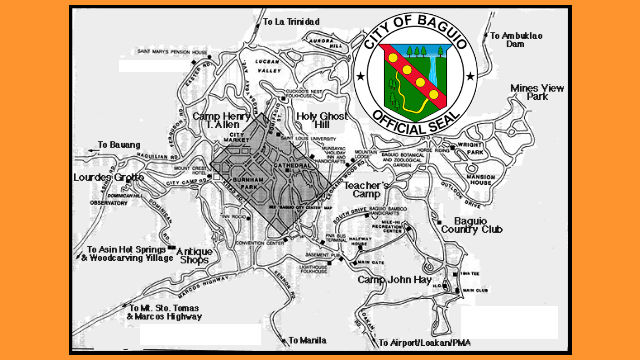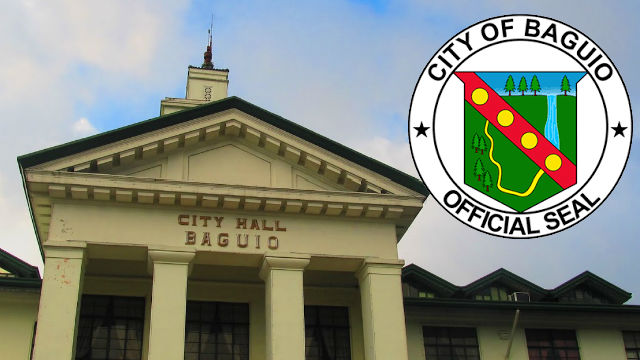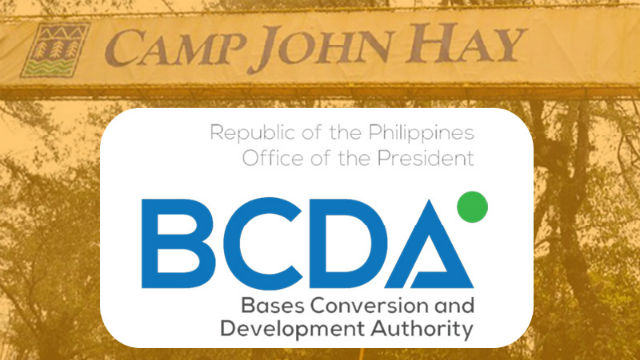BAGUIO CITY – The city’s Task Force on Barangay Merger reported that the current 128 barangays could be reduced to only 42 barangays once the local government successfully implements the long overdue merger of the smallest political subdivision in the bureaucracy.
Councilor Michael Lawana, chairman of the City Council Committee on Barangay Affairs and head of the Task Force on Barangay Merger, said the proposed 42 barangays for the city resulted from the numerous meetings of the task force with concerned barangay officials starting last year and that consultations are expected to continue this year until a final barangay merger plan shall have been officially adopted for implementation.
Of the proposed 42 barangays of the city, the Lawana claimed consultations with the concerned barangay officials of the 38 groupings were completed while talks with the stakeholders of the 4 groupings composed of 24 barangays will continue this year following the postponement of the barangay and Sangguniang Kabataan (SK) elections from October last year to May this year.
The city’s Task Force Barangay Merger was created through an administrative order issued by Mayor Mauricio G. Domogan headed by Lawana with 10 members comprising the Board of Directors of the Liga ng mga Barangays, City Budget Officer, City Assessor, City Planning and Development Officer, and some others.
Lawana explained that the final barangay merger plan will be submitted to the City Council for the adoption of the necessary ordinance that will legalize the metes and bounds of the new groupings of the city’s barangays.
Under the provisions of Republic Act (RA) 7160 or the Local Government Code of the Philippines, a barangay must have a minimum inhabitants of 5,000 to be able to exist as a barangay.
The merger of the city’s barangays had been deliberated by city officials for over two decades but no definite plan was crafted to reduce the number of the city’s barangays to conform with the prescribed standards of the Local Government Code of the Philippines.
Lawana added initial consultations with stakeholders of the proposed groupings of barangays in the city was fruitful.
He assured that the members of the task force will continue reaching out to all the sectors of the barangays affected by the proposed merger to get inputs from the residents.
He urged barangay officials and residents to seriously consider the advantages and disadvantages of the proposed merger to enable them to decide intelligently on the best arrangements or compositions of the clustering once the proposal will be submitted to them for ratification during a local plebiscite that will be scheduled for the purpose.
Based on recent findings, most of the city’s 128 barangays do not actually qualify as the smallest political subdivision in the bureaucracy because of their failure to meet the minimum population prescribed by law.
By Dexter A. See












